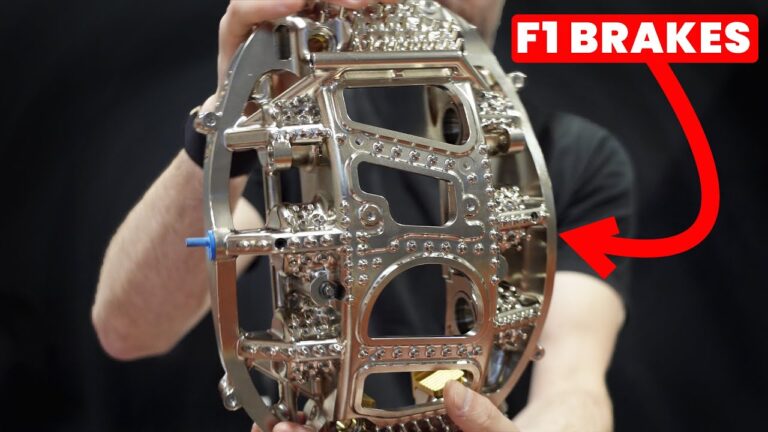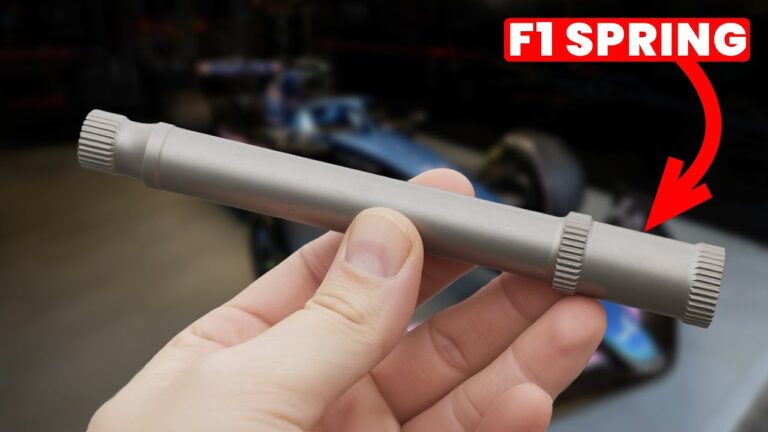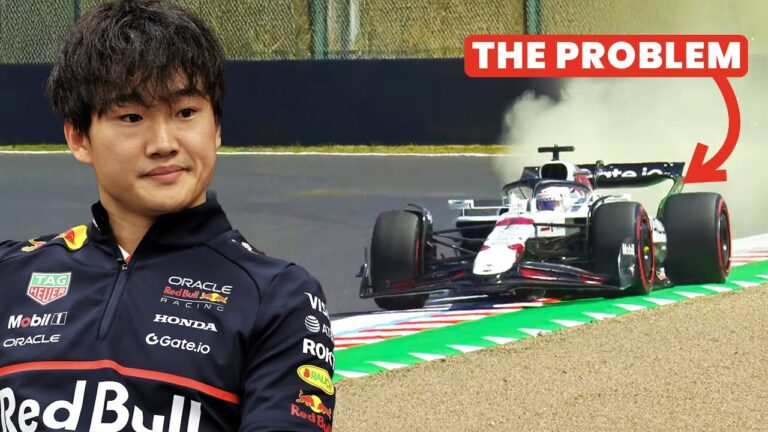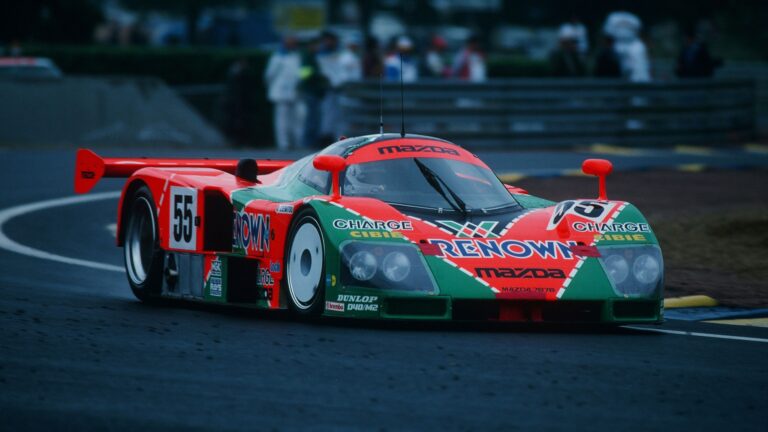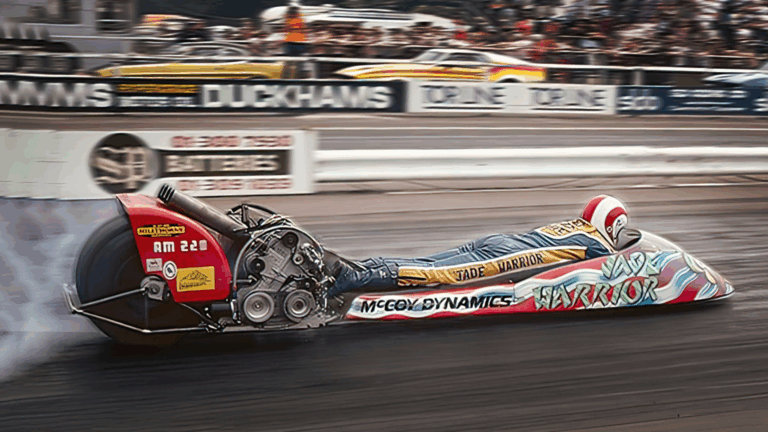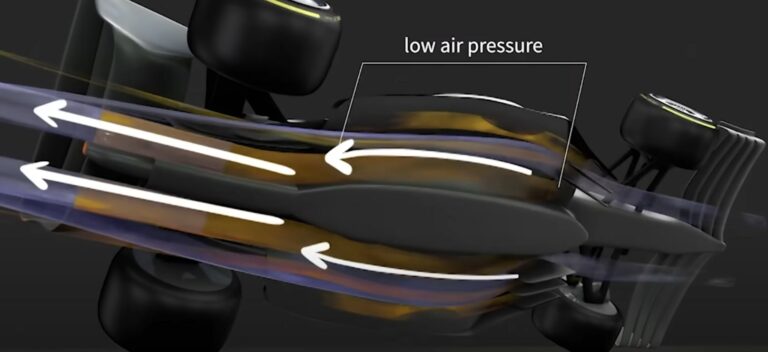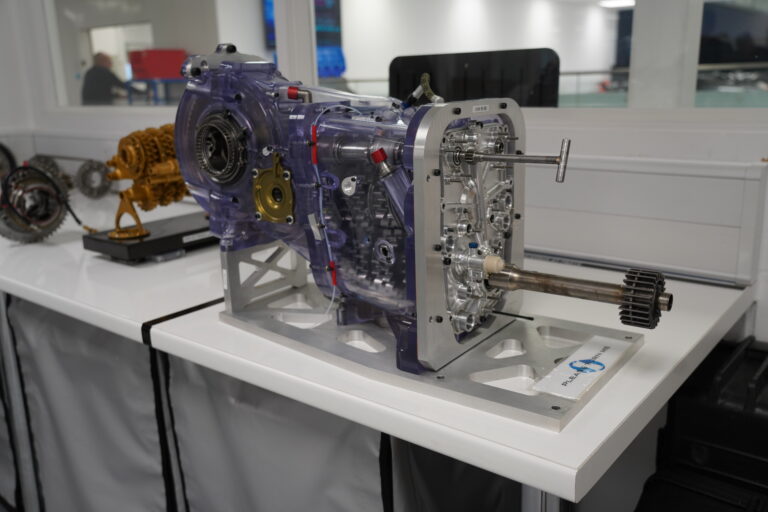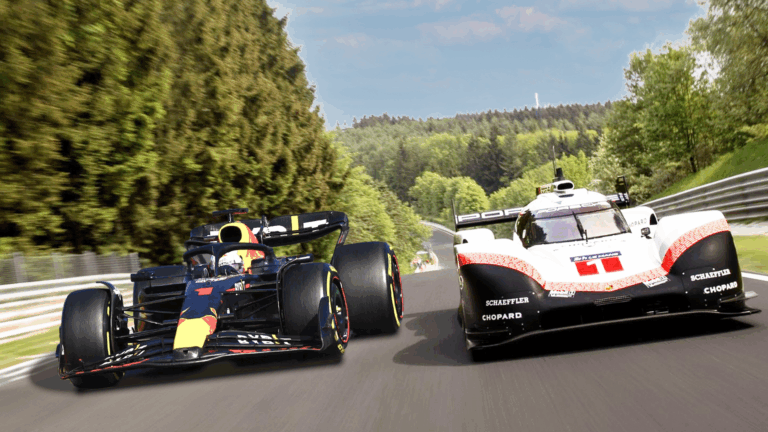A single F1 piston can cost over £50,000 including development and manufacturing – but that staggering price reflects extraordinary engineering precision. Cosworth’s latest video reveals exactly how these critical components transform from aluminium billets to race-ready pistons capable of surviving 20,000 RPM.
The journey begins with intensive design work taking 4-8 weeks. Engineers must solve fundamental questions about engine configuration, bore and stroke dimensions, and valve positioning. Each decision dramatically impacts the piston’s final shape – longer strokes require taller, stronger pistons to handle increased forces, while shorter strokes allow more compact designs.
Manufacturing starts with forging, where aluminium billets heated to 500°C get shaped under massive pressure using precisely machined tool steel moulds. The grain structure aligns with the piston shape, creating superior strength while reducing machining time. Each forging tool incorporates heating elements, vent holes, and complex “fingers” for the piston’s intricate underside pockets.
CNC machining requires 30-50 separate processes on £500,000 machines. Tolerances reach just 10-20 microns – smaller than human hair. The pistons aren’t perfectly round either; they’re deliberately oval to become circular under combustion pressures, reducing oil consumption through tighter clearances.
Quality control includes crack testing using UV-fluorescent penetrant dye. Any defects mean instant scrapping, as tiny cracks become catastrophic failure points under engine stress. Surviving pistons receive diamond-like carbon coating and precise dimensional checks before assembly.
The final validation comes via dyno testing, simulating complete race circuits like Monza at 150% normal duration. This ensures pistons survive not just peak performance, but long-term racing punishment that would destroy lesser components.



